Features An ADS-B Receiver System
DJI has launched a new type of drone -- an FPV drone that combines the first-person view and performance of racing drones, the camera capabilties of traditional drones, and an optional innovative single-handed motion controller that allows pilots to control the drone with just hand movements.
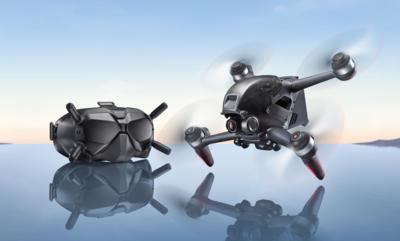
The DJI FPV ecosystem includes the drone, goggles, a dedicated remote controller, and a new intuitive motion controller option that steers the drone based on the movement of your hand. The drone features high-performance motors for incredible speeds, an intuitive user interface and the latest safety features for greater control. The new FPV system lets pilots see from the drone's perspective in low-latency high definition thanks to O3, the third iteration of DJI's OcuSync technology. It can capture smooth and stable 4K video at 60 fps with the assistance of RockSteady electronic image stabilization.
DJI FPV's safety features include a new Emergency Brake and Hover feature to help make flying safer and less intimidating for new users, as well as DJI's suite of industry-leading safety solutions, including GPS-based geofencing to advise pilots of airspace restrictions and potential hazards, and an ADS-B receiver system to warn pilots when other manned aircraft are nearby.
DJI FPV is reportedly the first integrated FPV drone that allows pilots from beginners to professionals to choose from multiple flight modes to match their skill level:
- Normal (N) Mode: During N mode operation, DJI FPV operates similar to other DJI drones, hovering in place with the use of GPS and/or visual positioning systems (VPS) on the bottom of the drone. The most approachable flight mode, N mode allows for obstacle detection sensors on the front to be activated to warn when obstacles are near and slow down. Pilots are tasked with maneuvering the drone away from any detected obstacles.
- Manual (M) Mode: Take full control over the drone with M mode which is designed for more experienced users. While in M mode, all sensors and hovering features are disabled.
- Sport (S) Mode: A new hybrid blend of M and N mode, S mode offers some of the dynamic movement capabilities that come with M mode along with some of the key safety features of N mode. S mode is the middle step between the three modes and developed to give pilots more room to explore their skills as they get accustomed to FPV flight.
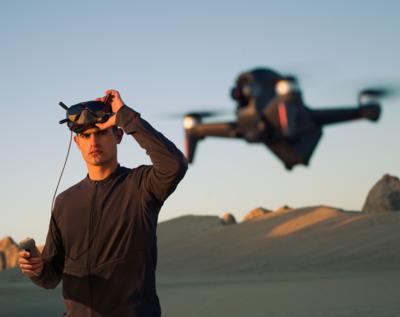
While in the air, pilots can also use a suite of safety features that make flying not only a memorable experience, but a safe one as well. A dedicated Emergency Brake and Hover feature is available in all flying modes to make the drone stop and hover in place at any time during flight. Obstacle detection sensors can be activated while operating in N mode, which will alert pilots of any detected obstacles and automatically slow down the aircraft. Visual Positioning Sensors (VPS), along with an auxiliary light on the bottom of the aircraft are also available to assist in smooth takeoffs and landings. Failsafe Return to Home is another important feature that will bring the drone back to its home point automatically with a press of a button or in the event that transmission signal is lost. The ADS-B receiver system provides audio and visual notifications to the pilot via the FPV Goggles when traditional aircraft such as airplanes or helicopters equipped with ADS-B transmitters are in the
vicinity.
DJI FPV pilots can see a clear, long-range, low-latency feed from the DJI FPV aircraft while wearing the DJI FPV Goggles V2. New motors bring a max speed of 87 mph and a max acceleration of 0-62 mph in just two seconds. O3 transmission is the next step in FPV transmission technology. It offers a 10km1 transmission range, auto-switching dual-frequencies, a high bitrate of 50 Mpbs, and state-of-the-art anti-interference methods to ensure a reliable feed. Announced in 2019, the DJI HD transmission system brought the world's first low-latency, HD digital feed to the market.
The new DJI FPV system uses that same technology to bring a crystal-clear image to the goggles with ultra-low latency. Pilots can choose from several different viewing options, including:
- High-Quality Mode: See the world in 1440x810p in either 60 fps with a wider 142° Field of View (FOV), or 50 fps with 150° FOV. In this mode, latency is as low as ≤ 40 ms.
- Low-Latency Mode: In this mode, pilots activate high frame rates for a more cinematic look to signal latency is decreased to ? 28 ms. Resolution is 1440×810p 120 fps with a 142° FOV or 100 fps at 150° FOV.
- Audience Mode: Share the pilot's perspective in audience mode, which connects up to eight additional goggle sets to the pilot's view so even onlookers can experience the flight.
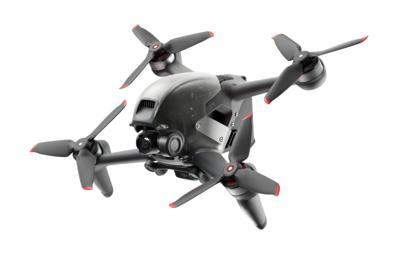
The integrated 4K/60fps 120 Mbps camera is on a single-axis gimbal, providing stability during intricate maneuvers while rotating vertically for unique angles. Additionally, RockSteady stabilization technology smooths shaky footage and eliminates the rolling shutter effect when filming fast-moving scenes. Advanced distortion correction software can remove the warped and unappealing fish-eye look common in FPV footage. Pilots can record footage in 4x Slow Motion in 1080p and 120 fps to relive epic moments in every detail. Footage can now be stored in H.265 or H.264 which uses less space on the memory card but preserves fine details during compression.
DJI FPV uses the latest version of the DJI Fly app, which now includes detailed tutorials on how to operate DJI FPV. The newly developed DJI Virtual Flight App is a free simulator app2 that familiarizes new pilots with drone flying movements in an easy, fun and risk-free environment. The simulator allows pilots to fly the DJI FPV drone in various settings using the dedicated controller.
The standard DJI FPV Combo includes the FPV drone, remote controller 2, FPV Goggles V2, all required cables and one battery for the retail price of $1,299. The DJI FPV Fly More Kit is also available, which includes two additional Intelligent Flight Batteries and the dedicated charging hub for the retail price of $299. The optional Motion Controller is sold separately and can be purchased for the price of $199.
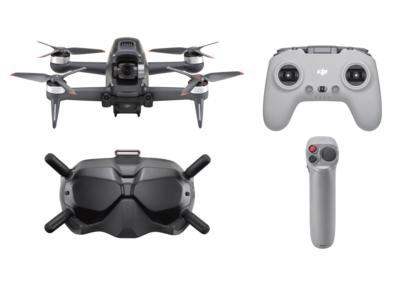
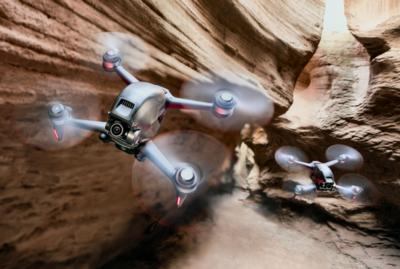
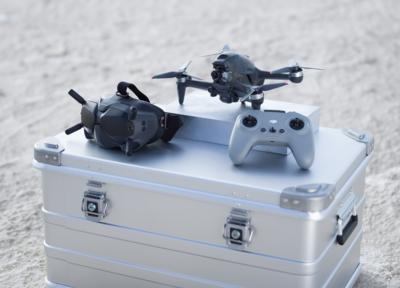
 ANN's Daily Aero-Term (06.30.25): Ground Stop (GS)
ANN's Daily Aero-Term (06.30.25): Ground Stop (GS) ANN's Daily Aero-Linx (06.30.25)
ANN's Daily Aero-Linx (06.30.25) Aero-News: Quote of the Day (06.30.25)
Aero-News: Quote of the Day (06.30.25) NTSB Final Report: ICON A5
NTSB Final Report: ICON A5 Airborne Affordable Flyers 06.26.25: PA18 Upgrades, Delta Force, Rhinebeck
Airborne Affordable Flyers 06.26.25: PA18 Upgrades, Delta Force, Rhinebeck








